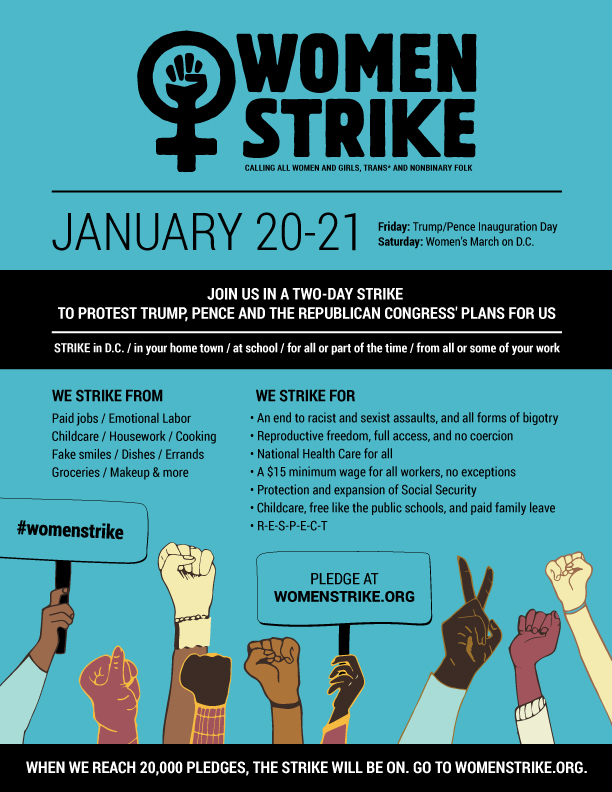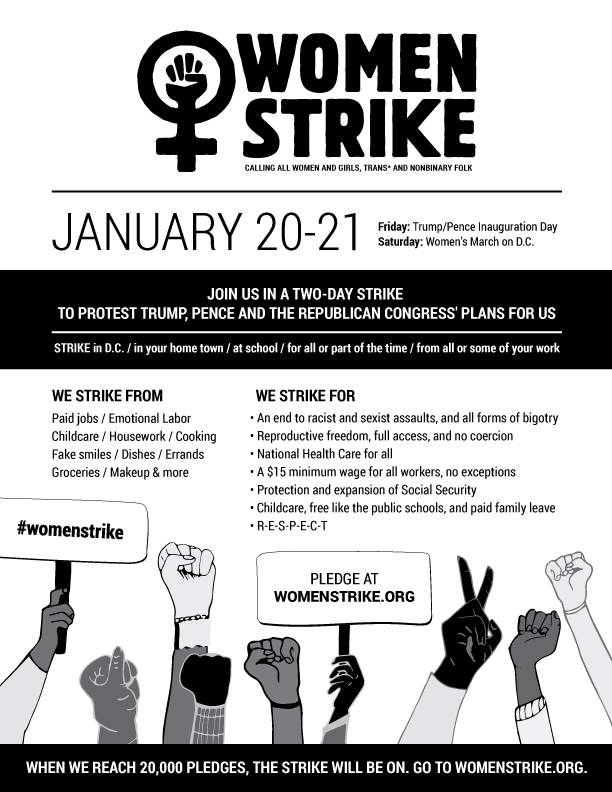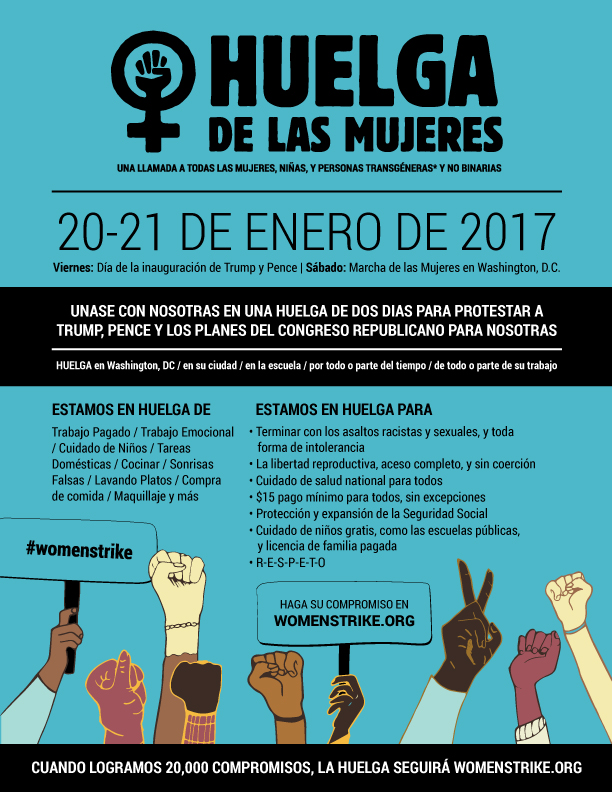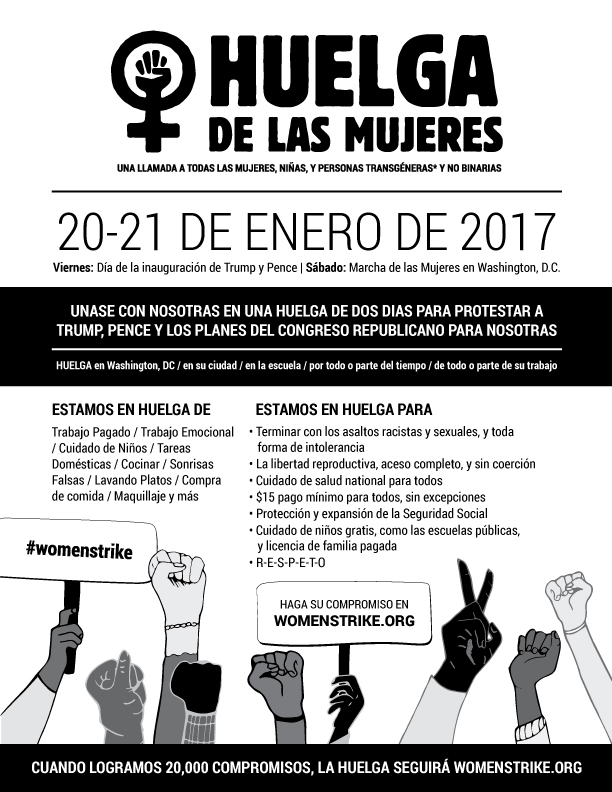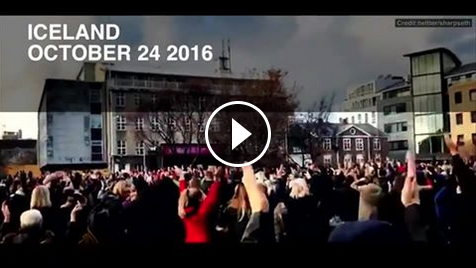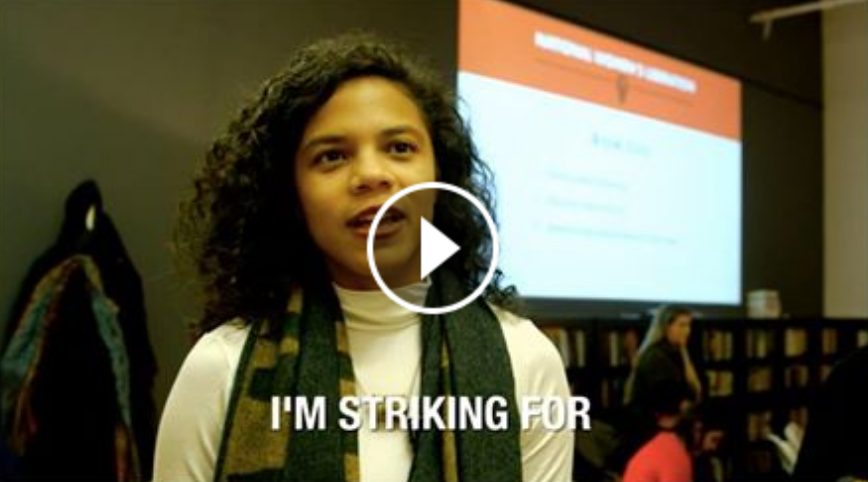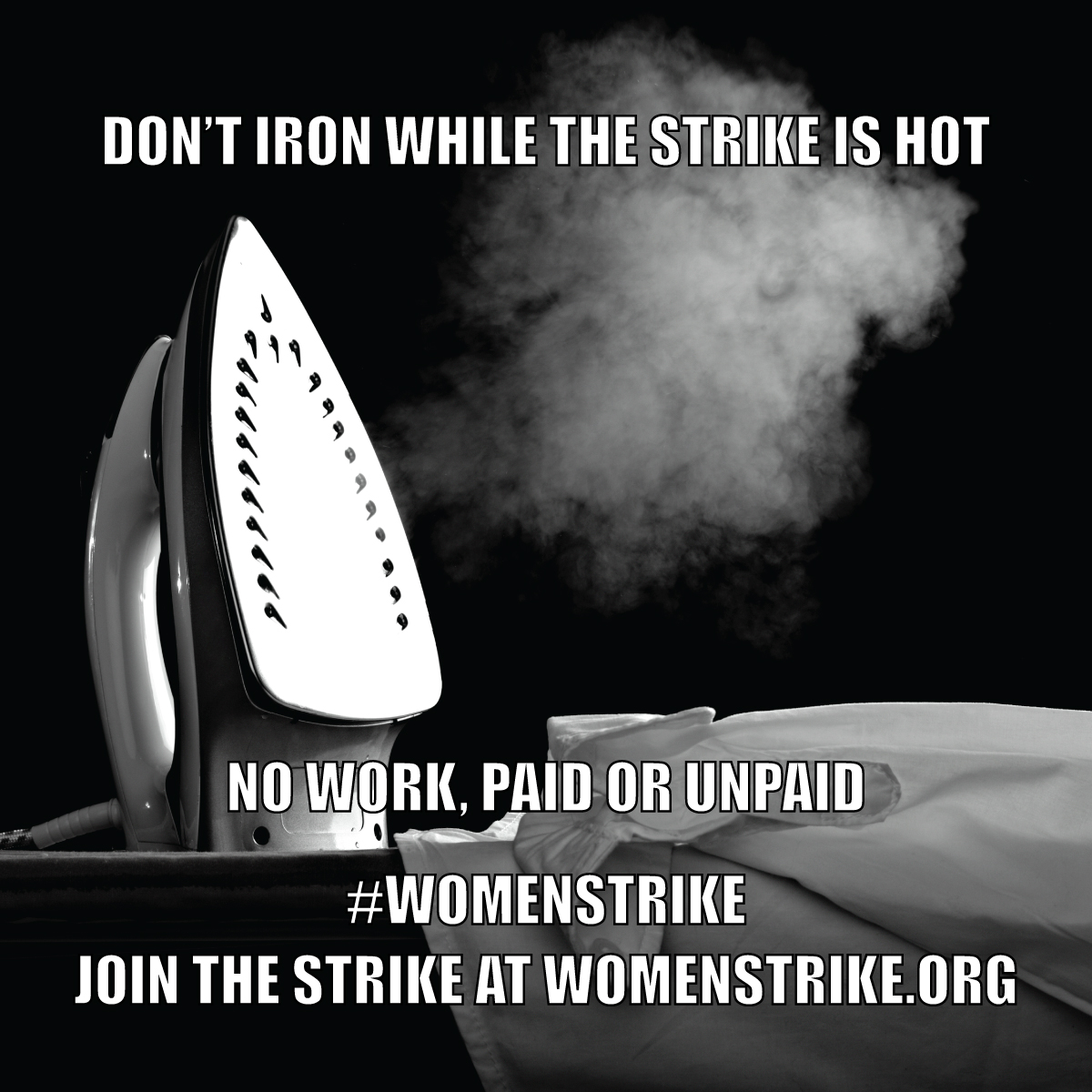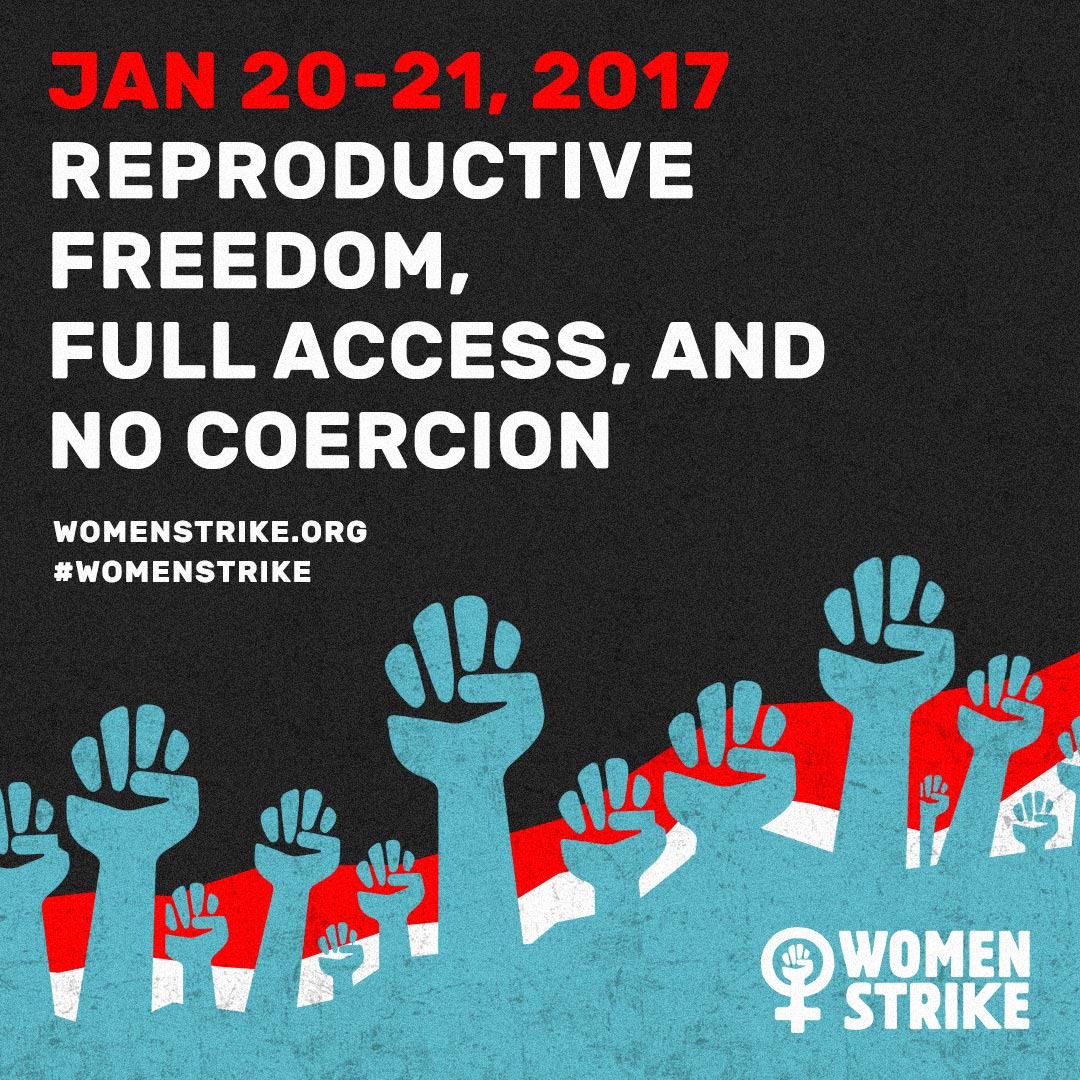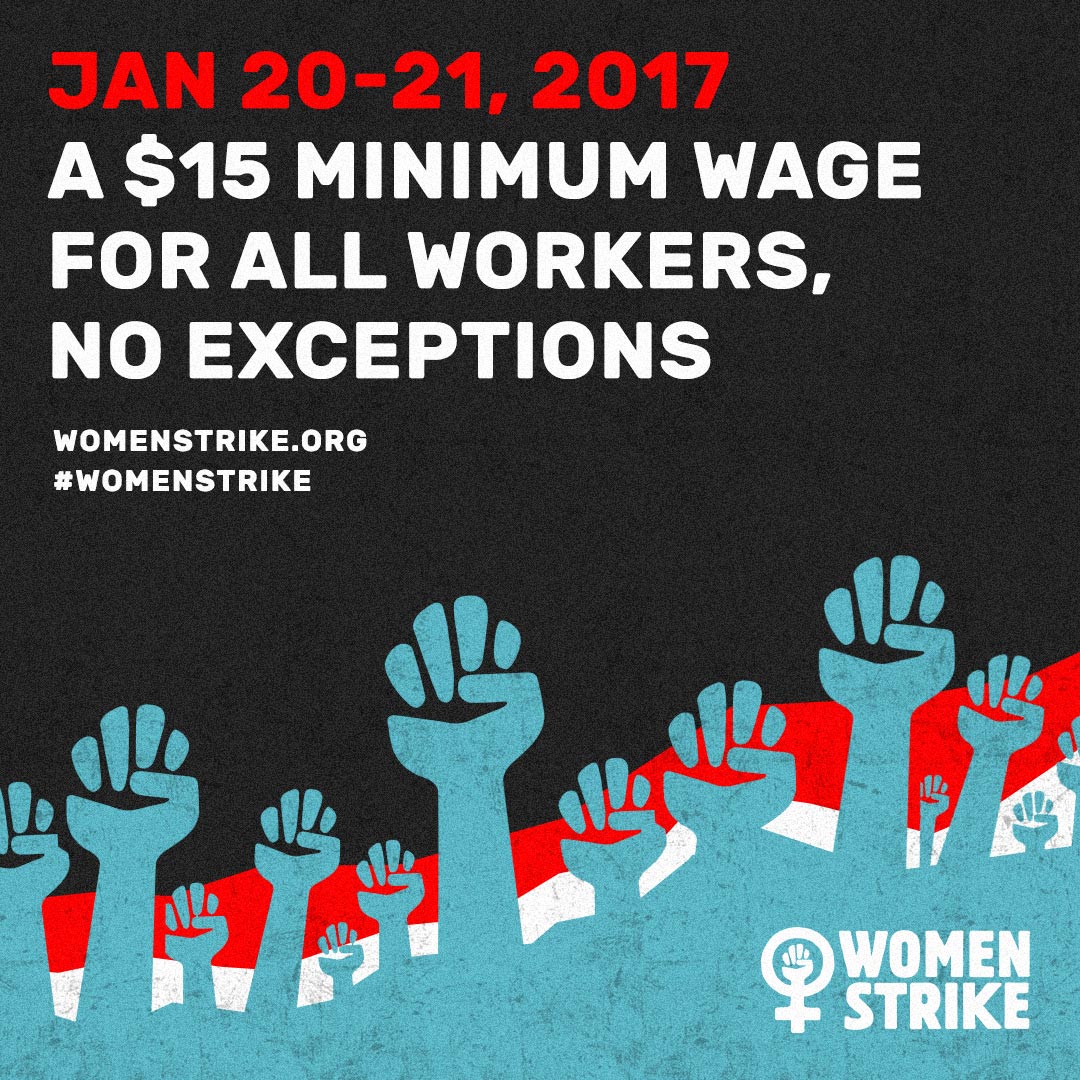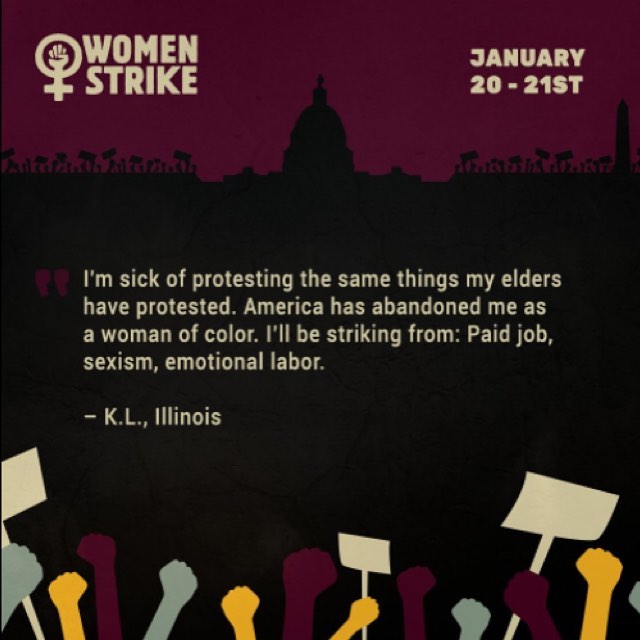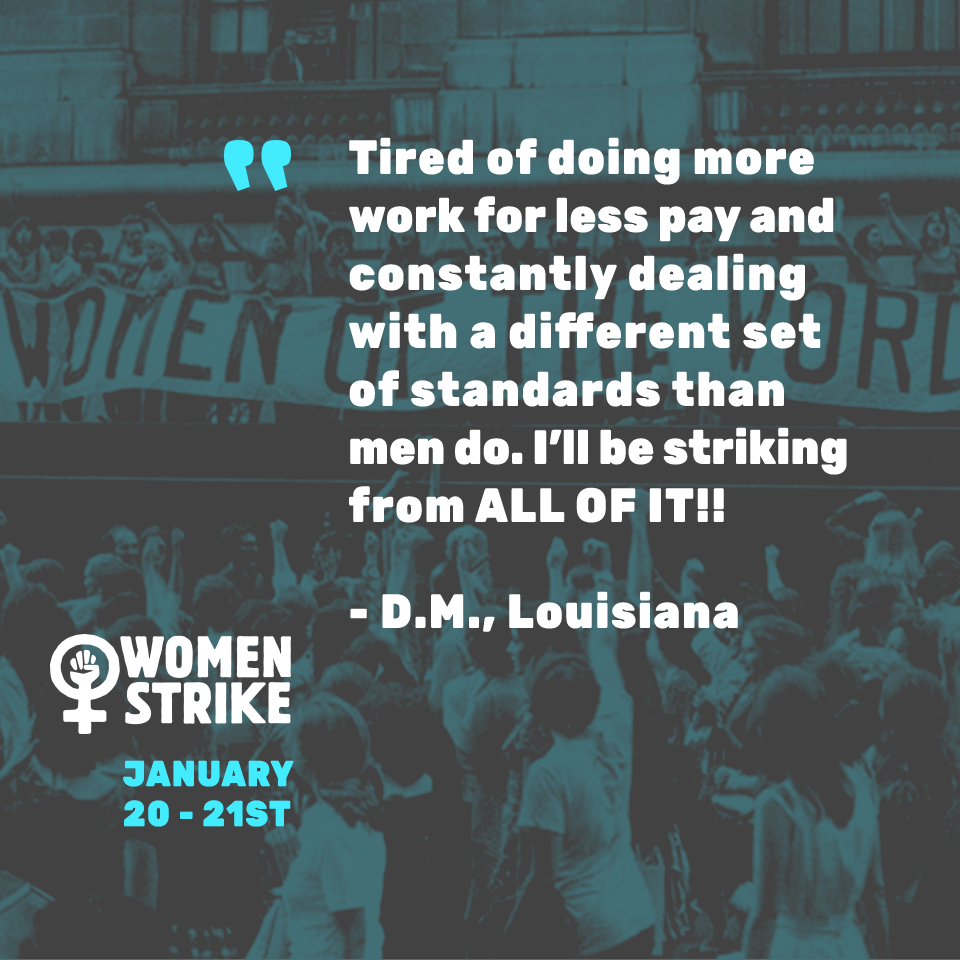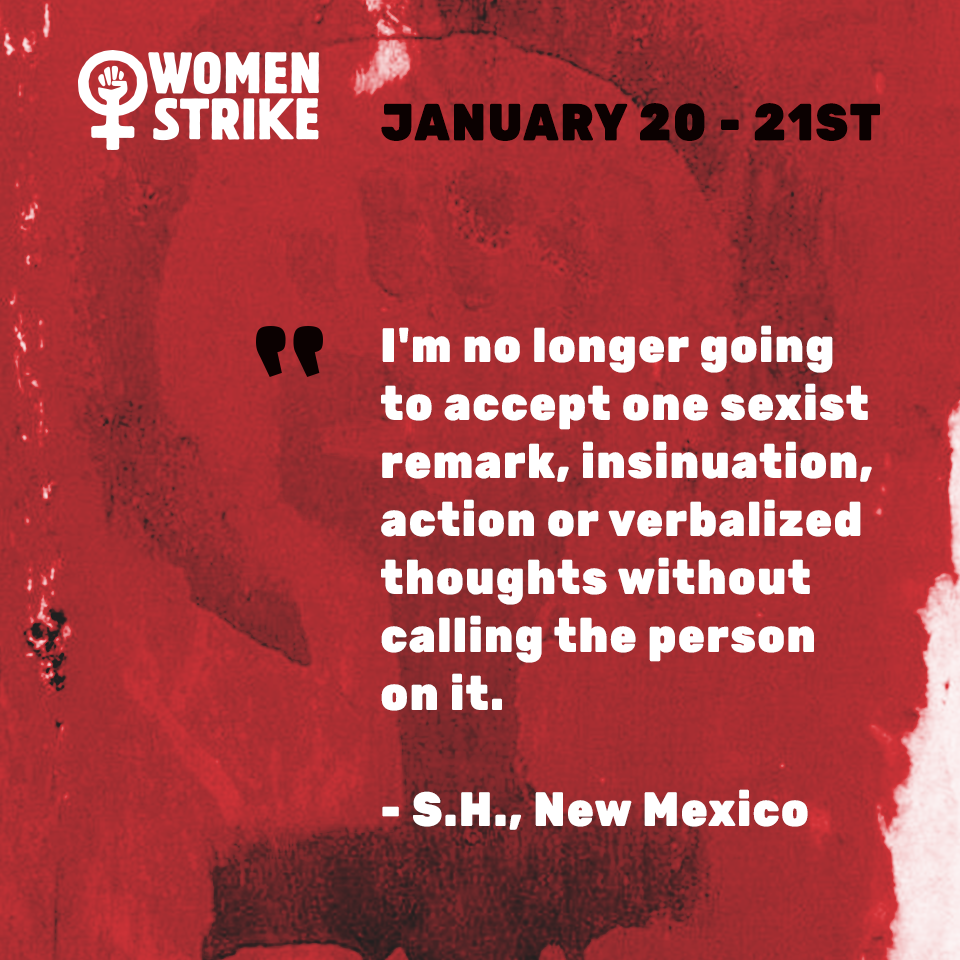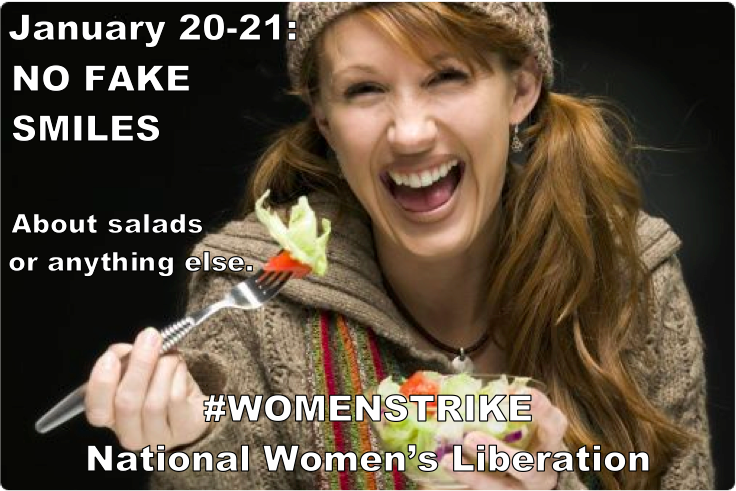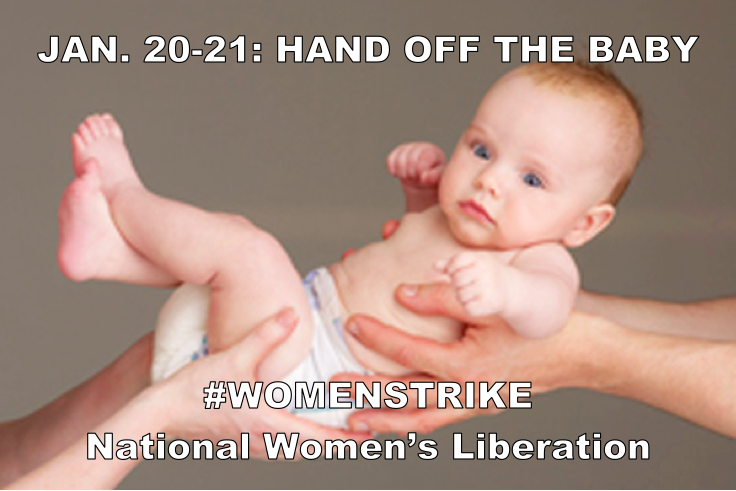Materials
Memes
Women's Strikes
Poland
In Poland on October 3, women struck and marched in 60 cities to protest tightening restrictions on abortion. The stayed away “from work and school and...refus[ed] to do domestic chores.” Women wore black in solidarity, even if they weren’t at the protests, and thousands demonstrated in Warsaw. “Some men helped out, cooking soup and serving sandwiches,” according to the BBC.
Argentina
In Argentina on October 20, women all across the country stopped what they were doing for an hour to protest the murders of women. "If you touch one of us, we all react," said signs, and women rallied after work by the hundreds of thousands. They were also demanding higher pay, an end to job discrimination, and “longer parental leaves that include fathers.”
France
In France on November 7, women walked off their jobs at 4:34 pm, “the theoretical moment when French women in effect start working for free until the end of the year” because of their pay gap compared to men.
Iceland
In Iceland on October 27, women left work at 2:38 pm, shortening their work day by 30 percent to illustrate the gap in average annual income between men and women in Iceland. Women’s strikes are a tradition there: In 1975, 90 percent of women in Iceland stopped work to protest for equality—“Banks and factories had to close, as did schools and nurseries—leaving many fathers with no choice but to take their children to work,” recalled Vigdis Finnbogadottir, Iceland’s first female president. “So many companies and institutions came to a halt and it showed the force and necessity of women—it completely changed the way of thinking.”
